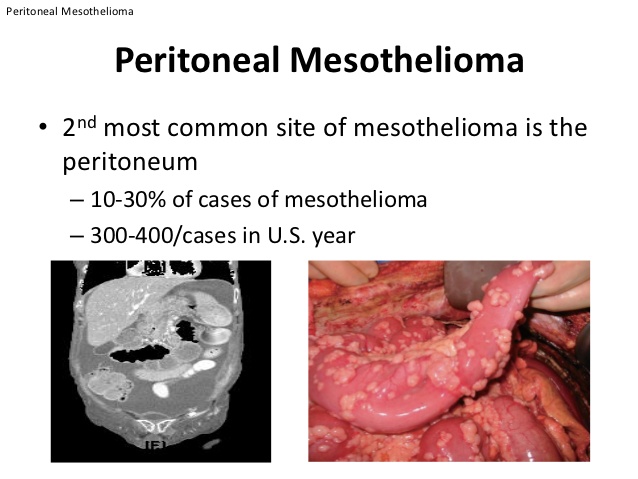Many veterans with mesothelioma don’t even think about the VA and what kinds of benefits they may be entitled to.
Some think that “VA Benefits” means VA Health Care, which they either
already have, or don’t want. But, allow me to provide a brief
explanation of the two main benefits for which you may be entitled: VA
Disability Compensation and VA Pension.
These are two financial benefits that could be
extremely helpful as you deal with the financial burden of fighting this
mesothelioma.
VA Disability Compensation (VADC)
VADC is a monthly benefit paid to any veteran who is suffering from a
“service-related” disability. Usually, this means you were injured in
some way while in the military, and you still have lingering effects of
it after leaving the service. However, disabilities can also be
“service-related” if they were caused by an “event” in service.
Therefore, veterans with mesothelioma (or any asbestos illness for that matter) are eligible for VADC if the
primary reason they developed mesothelioma is because of their exposure to asbestos in the military. Notice I highlighted the word primary, and I did that because this is the crux of any asbestos claim.
Convincing the VA that the primary reason you
developed mesothelioma comes down to convincing the VA that at least
50%, or more, of your total occupational exposure occurred during your
military service.
So, how does the VA determine that?
-
1
Service Record – First, they will go
through your service record. The problem is, if you were not in a job in
the military normally associated with asbestos (such as a boilerman),
there isn’t going to be any valuable information in your service record
that explains to the VA how you were exposed to asbestos. That is why it
is essential that you write a detailed exposure summary.
-
2
Exposure Summary – The exposure
summary fills in the blanks about your asbestos exposure for the VA by
describing where you came into contact with asbestos while in the
military. The summary must also explain to the VA what you did in your
civilian jobs, both before and after the military and if there was any
exposure in those jobs, why you believe it was less significant than
your military exposure.
Many vets struggle when trying to write these summaries, but that is
where I come in. I have helped over 1,200 veterans write their exposure
summaries and I also have many examples that I can send you to assist
you in writing yours.
Note: The VA never asks veterans to provide any information about any
personal exposures, such as changing the brakes on your own car, or
remodeling your home. They only ever ask veterans to provide information
about their military exposures, and their civilian jobs before and
after their military service. So, keep your comments focused only on
your occupations.
If approved, the asbestos section of the VA
manual states that the VA must award you a 100% disability rating
(unless you are cured or in remission and no longer receiving
treatment), which equates to $2,906 per month…tax free.
You will receive additional compensation if you are married, have any
dependent children, or are housebound or in need of the regular Aid
& Attendance (A&A) of another person to perform basic daily
tasks.
VA Pension
VA pension is a monthly benefit paid to wartime veterans who are
either totally disabled (mesothelioma counts) or over the age of 65, and
whose income is below the VA’s income threshold.
Your mesothelioma does NOT need to be service
related in order to be eligible for VA pension – in fact, if it is
service related, I would advise you to file for VADC, not pension.
However, pension is a means tested benefit. This is how it’s calculated:
- The amount you receive varies depending on your income and your out
of pocket medical expenses (the VA will also deduct other expenses from
your income, please contact me if you need more detailed information).
- Once the VA calculates your income for pension purposes, it will
subtract that from the limit, and pay you the difference in 12 equal
monthly installments throughout the year.
- If you are married, have dependent children, are housebound, or in
the need of the regular A&A of another person, then the income
limits are higher.
So, it is possible that your income may be too high to receive
Pension now, but if, in the future, you became housebound or needed
A&A, you could then qualify if your income is below that higher
limit.
Note: There is a common misconception out there among vets who
believe that Aid & Attendance is a stand-alone benefit. It is not.
You cannot apply for Aid & Attendance by itself. You must be
eligible for Pension (or VADC) and simply file a pension claim under the
higher income threshold for veterans in need of Aid & Attendance.

If
you have mesothelioma and would like my assistance in filing for VADC
or Pension, please fill out a VA request form on our website here, or you can always call me directly at 844-VET-MESO (838-6376).
And thanks for your service to our great nation.






